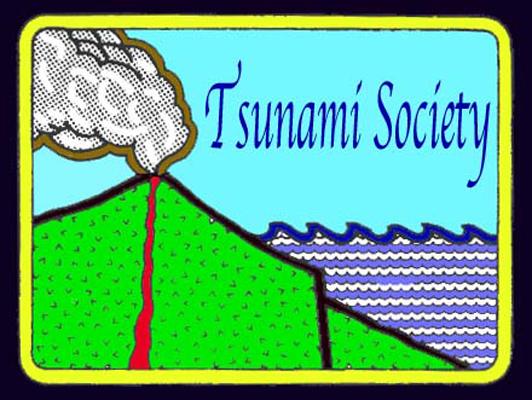Using fourier transform Infared (FTIR) to characterize tsunami deposits in near-shore and coastal water of Thailand

Share this post on: Twitter Facebook
Understanding the tsunami cycle requires a simple method for identification of tsunami backwash deposits. This study investigates Fourier transform infrared (FTIR) spectroscopy followed by careful analysis of variance (ANOVA), Gaussian distribution, hierarchical cluster analysis (HCA) and principal component analysis (PCA) for the discrimination of typical marine sediments and tsunami backwash deposits. In order to test the suitability of FTIR spectra as innovative methods for classifications of tsunami deposits, typical marine sediments and terrestrial soils were classified into three zones, namely zone-1 (i.e. typical marine sediments), zone-2 (i.e. including tsunami backwash deposits) and zone-3 (i.e. coastal terrestrial soils). HCA was performed to group the spectra according to their spectral similarity in a dendrogram and successfully separate FTIR spectra of all three sampling zones into two main clusters with five sub-clusters. The simplicifolious (i.e. single-leafed) type of dendrogram was observed with the strong dissimilarity of terrestrial components in subcluster- 5. Graphical displays of PC1 vs PC2 highlight the prominent features of zone-1, which is explicitly different from those of zone-2 and zone-3. The acceptable discrimination of typical marine sediments and tsunami backwash deposits, even six years after the tsunami on Boxing Day 2004, dramatically demonstrates the potential of the method for the identification of paleotsunami.
Appear in The International Journal of the Tsunami Society
Authors: S. Pongpiachan, K. Thumanu, W. Na Phatthalung, D. Tipmanee, P. Kanchai, P. Feldens and K. Schwarzer
Citation: S. Pongpiachan, et all. Using fourier transform Infared (FTIR) to characterize tsunami deposits in near-shore and coastal water of Thailand. The International Journal of the Tsunami Society, Vol. 32, No. 1.